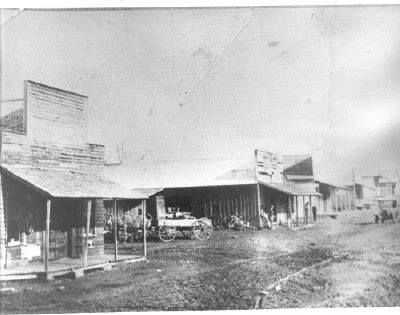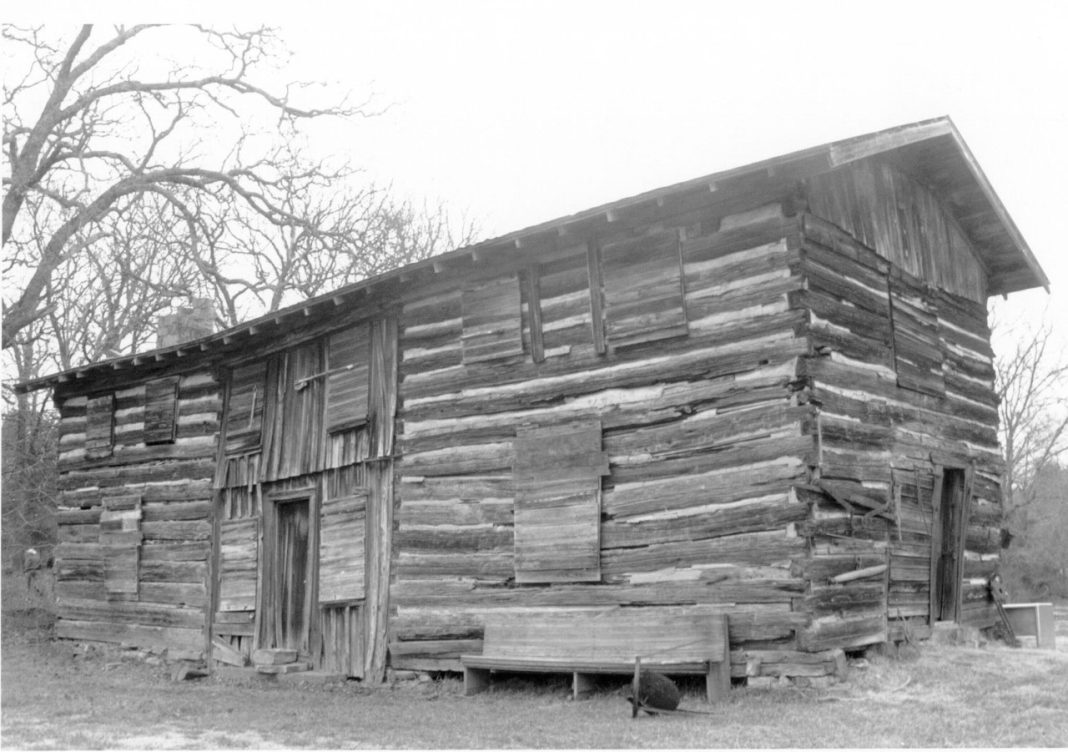By Dr. Curtis Varnell
A rock structure over there and, closer to the road, an old log house. To the left is the remnants of an old store, the oil and tobacco advertisements still clinging to the dilapidated walls, hanging by a few rusty nails. Across Arkansas, in far too many instances, we run across these small towns and communities that, once vital, are now crumbling and forgotten.
Traveling north from Booneville on highway 23 one scarcely realizes you are passing through the once thriving crossroad town of Chismville. Located on the old mail route that ran from Clarksville to Waldron and bisected by roads going to Ozark and Charleston, the community thrived servicing the needs of the many travelers on their way west. The original structure, a large two story dog-trot home, was built in 1845 by Dr. Stephen Chism. The structure stands just to the east of the ford crossing six-mile creek and adjacent to forks in the old roadways that stretched in all directions. Similar to locations where interstate highways intersect today, it was a natural location to obtain food, water, and other supplies.
By the Civil War era, the surrounding area had attracted several businesses and farms. Located on the mail route, a post office was established to service the surrounding area. Stage coaches operated by the Chidester family rolled through the community, delivering passengers to Fort Smith and westward. Favorite son, Benjamin Chism, joined the Confederate army and rose to fame fighting at Wilson Creek, Pea Ridge, and other locations. Others from the same community joined the Union cause, resulting in bitter infighting and bushwhacking in the community. Bitterness from the war resulted in the entire Chism family moving to Roseville, Arkansas where Benjamin became involved in politics, eventually serving as the Arkansas Secretary of State.
By 1900, the town had four stores, a post office, two blacksmith office, a hotel, several churches, a saloon, and a newspaper. Local farmers brought hundreds of bales of cotton to the local cotton shed where it was then transported to market. In 1898, the railroads bypassed the town. Like small towns everywhere, when bypassed as a transportation center, business began to decline. The first to go was the cotton industry, followed by stores and business, and then, eventually by the young as they moved to find jobs. An all too familiar story to Arkansas today!
The old Chism house and much of the town began to crumble. The only things that remain are the foundation and crumbing walls of the hotel and store, both barely visible and covered by ivy. No stores, no churches, no school, the only thing reminding us of the town that once existed is the sign on the highway.
In 2009, the old Chism house, now 174 years old, was virtually the only thing remaining of the original town. Placed on the National Register of Historic places and purchased by a local family, the house was restored using the traditional log restoration methods and stands as a wonderful example of pioneer architecture.
Traveling by this old community, the old house reminds one of times gone by but also saddens as we realize the story of our towns is often only temporary and what stands today is not forever.









